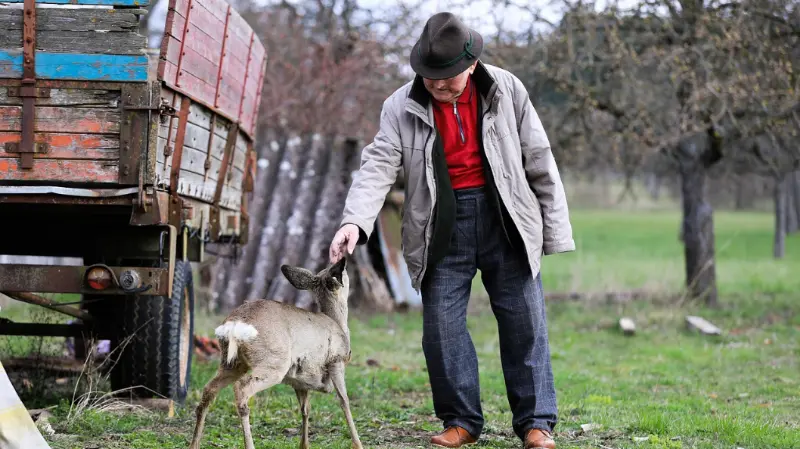As men age, the prostate gland naturally grows in size.
This non-cancerous growth, called Benign Prostatic Hypertrophy (BPH) or prostate enlargement, can cause frequent urination, weak stream, and night-time disturbance.
While BPH is common and not cancer, it’s important to know when symptoms need medical evaluation to rule out prostate cancer.

🩺 What is Prostate Hypertrophy (BPH)?
- The prostate gland surrounds the urethra, the tube that carries urine out of the body.
- As it enlarges with age (usually after 50 years), it presses on the urethra, making urination slow or incomplete.
- The growth is benign (non-cancerous) and related to hormonal and aging changes.
✅ 10 Tips for Men with Prostate Enlargement
- Limit evening fluids — Especially tea, coffee, and alcohol before bedtime.
- Avoid bladder irritants — Reduce caffeine, spicy food, and carbonated drinks.
- Empty the bladder completely — Take time; double void if needed.
- Do not ignore frequent or urgent urination — early treatment helps prevent complications.
- Avoid cold medicines (decongestants or antihistamines) without doctor advice — they tighten prostate muscles.
- Exercise regularly — improves bladder control and reduces metabolic stress.
- Maintain a healthy weight — abdominal fat increases intra-abdominal pressure.
- Do not stop medications on your own — alpha-blockers and 5-alpha-reductase inhibitors help symptom control.
- Stay hydrated — but space fluids evenly through the day.
- Follow up yearly with your urologist for prostate exam and PSA test.
🔬 When to Worry About Prostate Cancer
BPH and prostate cancer can coexist, but they are different conditions.
Cancer usually arises from the outer part of the prostate, while BPH affects the inner part.
⚠️ Red-Flag Symptoms
If you notice any of the following, consult a urologist immediately:
- Blood in urine or semen
- Unexplained weight loss or bone pain
- Rapid worsening of urinary symptoms
- Loss of appetite or fatigue
- Hard or irregular prostate on examination
🧠 Understanding the Difference
| Feature | Benign Prostate Hypertrophy (BPH) | Prostate Cancer |
|---|---|---|
| Nature | Non-cancerous gland enlargement | Malignant tumor growth |
| Growth area | Inner (transitional) zone | Peripheral zone |
| Common age | >50 years | >60 years |
| Symptoms | Urinary frequency, weak stream | Often silent early; late symptoms mimic BPH |
| PSA level | Mildly elevated or normal | May rise significantly |
| Treatment | Medications / Minimally invasive surgery | Depends on stage — may include surgery, radiation, or hormonal therapy |
🧩 Diagnosis & Screening
- PSA (Prostate-Specific Antigen) blood test
- Digital rectal examination (DRE)
- Ultrasound or MRI if needed
- Biopsy when cancer is suspected
Early detection saves lives — most prostate cancers, when caught early, are completely curable.
💬 Final Word
Benign prostate enlargement is a natural part of aging, but it should not be ignored.
With regular check-ups and early management, men can maintain normal urinary health and avoid complications.
“Prostate issues are common after 50 — but cancer fear shouldn’t stop you from getting evaluated.” — Dr. Vinay Ausekar

About Dr. Vinay Ausekar
Services
- Kidney stone evaluation
- Prostate & urinary issues
- UTI management
- Endoscopic & laparoscopic urology
- Male infertility evaluation
